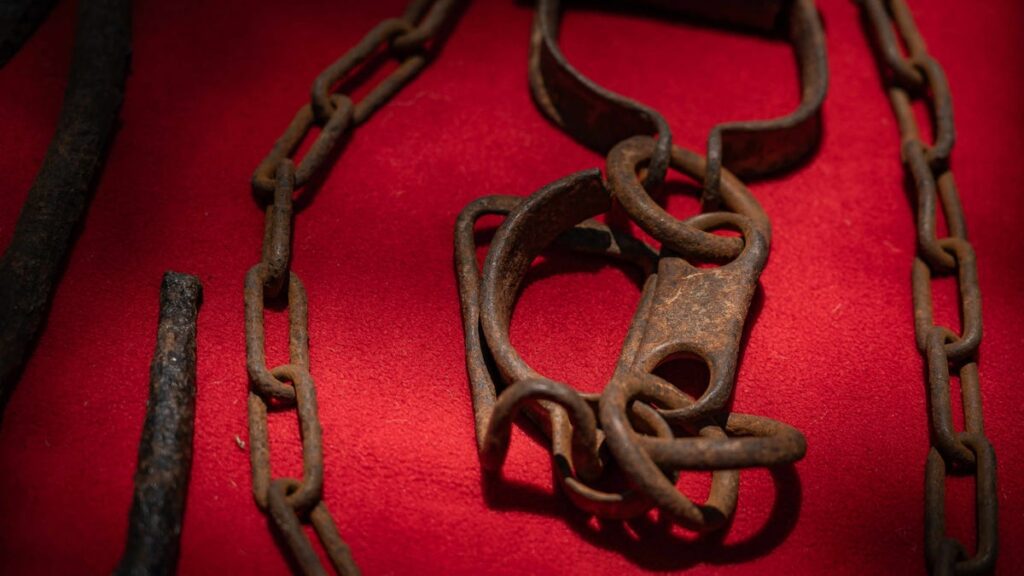Reflecting on the Second Seminole War: Riverbend Park’s Battlefield
Unveiling the Complex History of Riverbend Park
Jupiter, Florida — Nestled beneath the sprawling oak trees adorned with Spanish moss, Riverbend Park serves as a historical repository, rich with stories from the past. Nearly 200 years after the Second Seminole War, this site raises important questions about the intersection of history, freedom, and cultural preservation.
The Second Seminole War: A Brief Overview
The Second Seminole War (1837-1838) is often recognized as a fierce confrontation between the U.S. military and Florida’s Indigenous populations, particularly the Seminoles and their allies, including Black Seminoles. Historians suggest that this conflict was part of a prolonged struggle for sovereignty that spanned several decades, beginning in 1817 and continuing until 1858.
- Key Facts about the Battle:
- Location: Cypress marsh near the Loxahatchee River.
- Date: Late December 1837 to early 1838.
- Significance: The largest battle of the war ended in a stalemate, with the U.S. Army gaining control over southeastern Florida.
Despite military efforts, a sizable number of Seminoles escaped and found refuge in the wetlands, marking them as the only unconquered tribe in U.S. history.
The Battlefield: More Than Just a Historical Site
Riverbend Park is filled with lessons and revelations—some enlightening and others uncomfortable. As the United States gears up for the 250th anniversary of the Declaration of Independence, the realities of conflicts like the Second Seminole War challenge the narrative of freedom and liberty typically celebrated.
What Does the Future Hold for Riverbend Park?
- Potential Uses:
- Cultural Education: As a site for historical learning and archaeological exploration.
- Community Recreation: To cater to a growing population still utilizing public spaces.
Derek Hankerson, president of the Loxahatchee Battlefield Preservationists, emphasizes the importance of storytelling in this context. "We have this wonderful opportunity to do something far greater than ourselves and share this exceptional story," he states.
A Rich Tapestry of Human History
Early Inhabitants of Palm Beach County
Archaeological evidence suggests that human habitation in the region dates back approximately 5,000 years, during the era when Egyptian pharaohs constructed pyramids. This long-standing human legacy is intricately woven into the fabric of Riverbend Park.
- Significant milestones:
- European contact began in 1513 with Spanish explorers.
- Shifts in colonial power between Spain and Britain influenced contemporary geopolitics.
Key Events Leading to the Loxahatchee Battle
The battle at Riverbend Park became a focal point in a larger narrative concerning territorial control. On Christmas Day 1837, military campaigns initiated by Gen. Zachary Taylor targeted Seminole encampments, escalating the conflict into this critical Florida engagement.
The Battle Dynamics
During the confrontation:
- The U.S. military comprised approximately 1,200 troops, including dragoons and volunteers.
- Estimates suggest that fewer than 1,000 Seminole warriors and allies were present.
Glenn Bakels, a board member and historian, outlines the Seminole tactics, revealing that they often strategically retreated, drawing soldiers into ambushes.
The Aftermath: Impact and Legacy
Following the skirmish, the Seminole people faced oppressive military action.
The “Big Grab”
One of the most notorious tactics involved in the aftermath was known as the "Big Grab," where the U.S. military apprehended approximately 696 Seminoles and 147 maroon allies under the guise of a truce. This marked the largest such capture in U.S. history.
- This operation was not just about territorial control but also about dismantling the community of free Black people living alongside Indigenous tribes.
Cultural Resonance and Future Narratives
The battle at Riverbend and subsequent events symbolize dual themes: struggle for autonomy and cultural resilience. The preservationists emphasize the importance of recognizing the bravery and sacrifices of the Seminoles and Black Seminoles.
The Significance of Reenacting History
"Many don’t understand the incredible significance of this segment of Florida history," remarks Matt Griffin, a long-time reenactor. This historical narrative is not merely about conflict but highlights a quest for freedom and survival.
Conclusion: A Call for Reflection and Education
Riverbend Park stands as a testament to the enduring struggles and stories of resilience by the Seminoles and their allies. It is vital for contemporary society to explore these histories, fostering a well-rounded understanding of the complex legacy of the Second Seminole War.
- How will these stories influence our collective understanding of freedom and survival?
- What role might Riverbend Park play in educating future generations about this crucial yet often overlooked chapter of American history?
Explore more: For a deep dive into the Second Seminole War, check out History.com for an in-depth overview.


